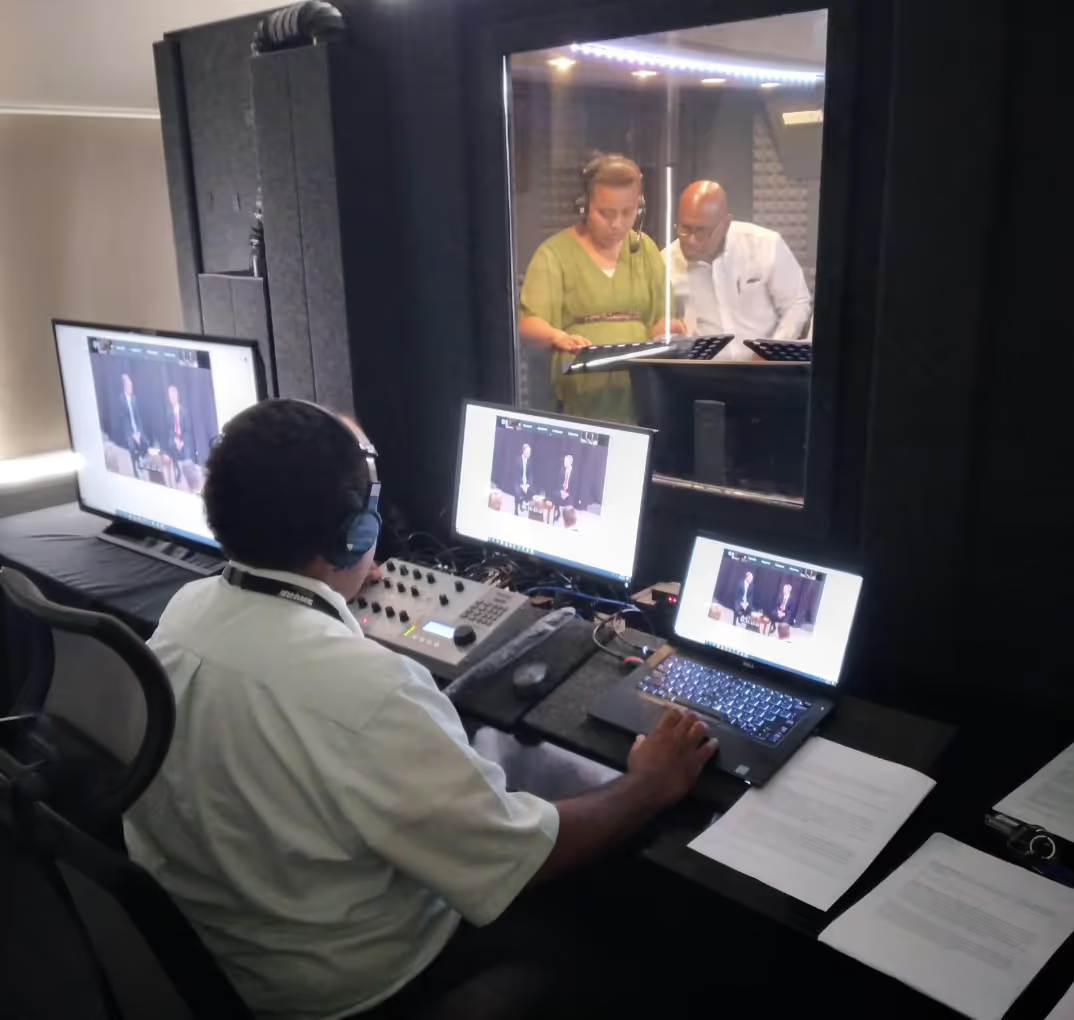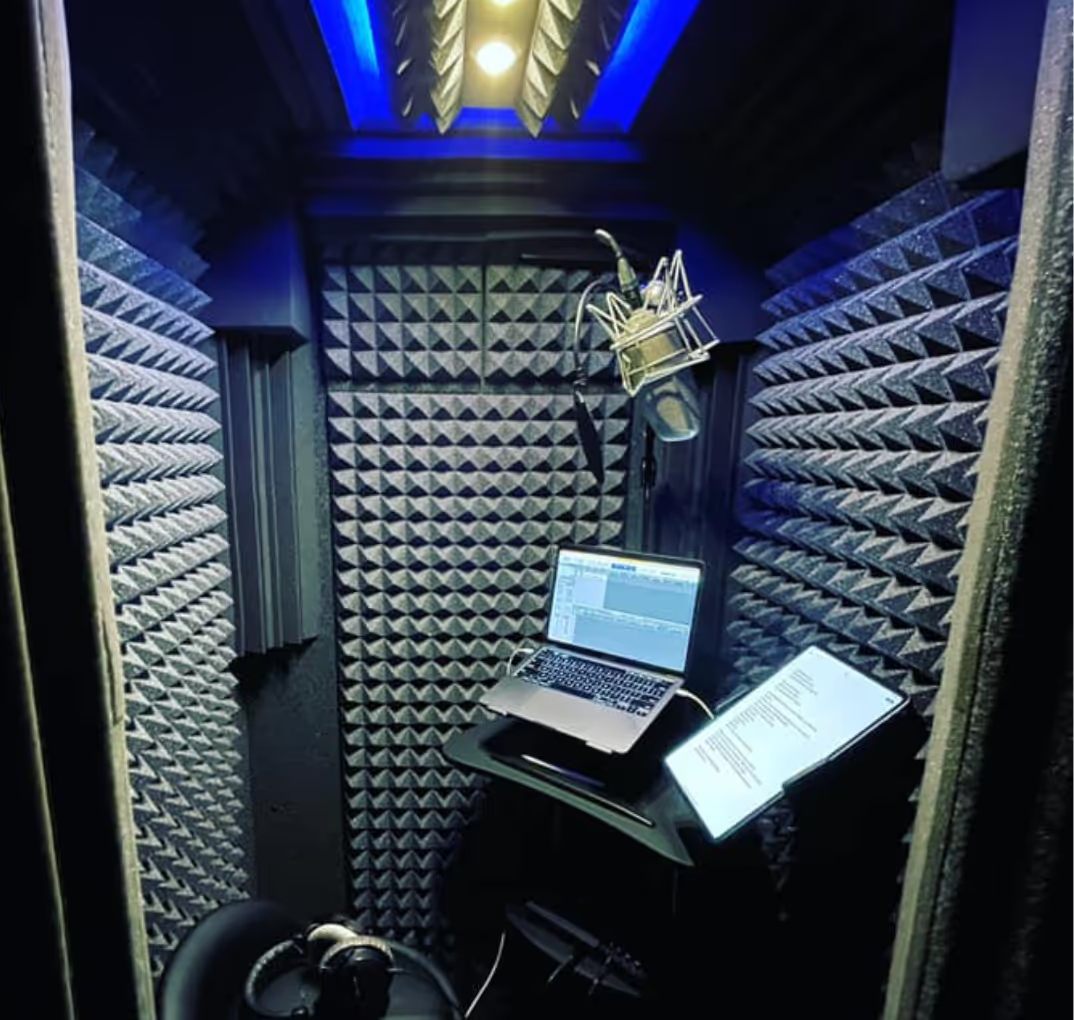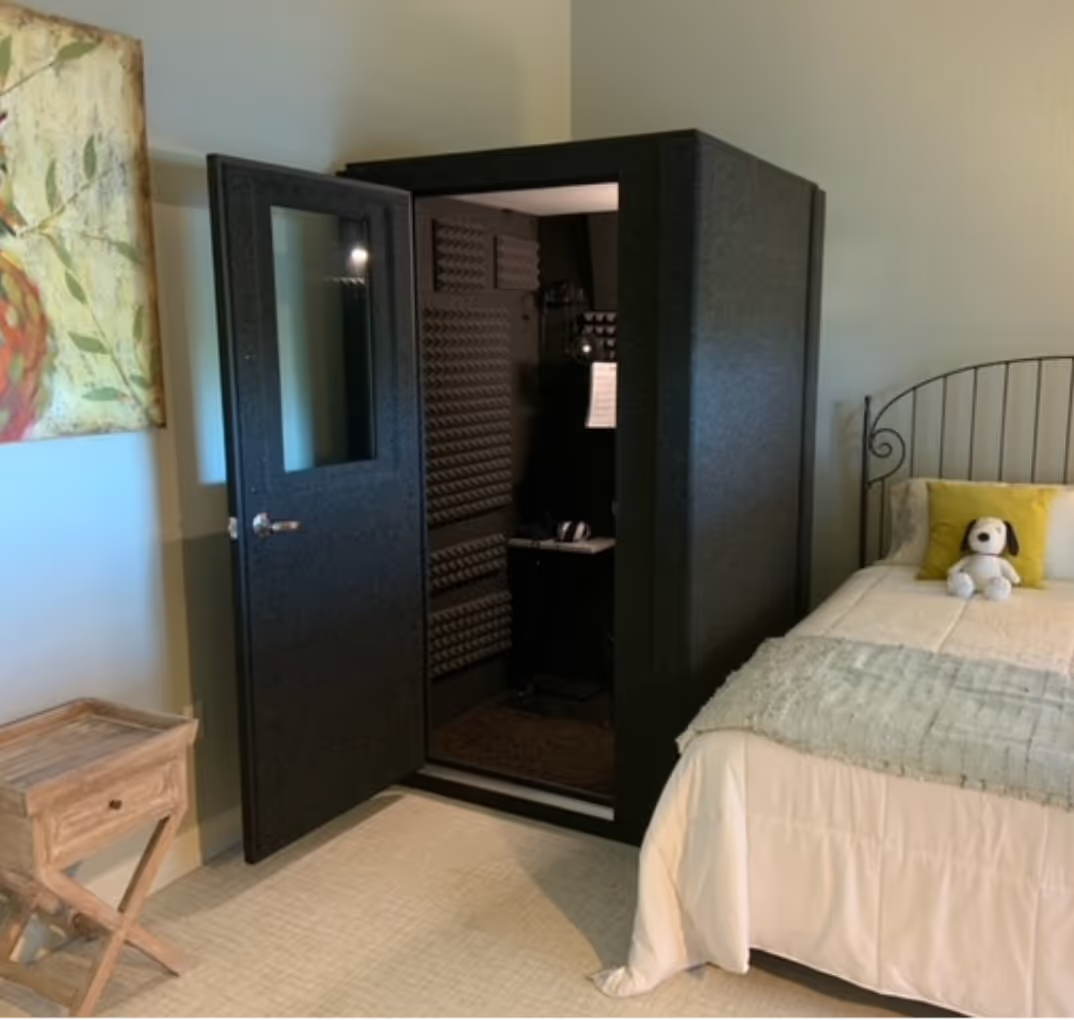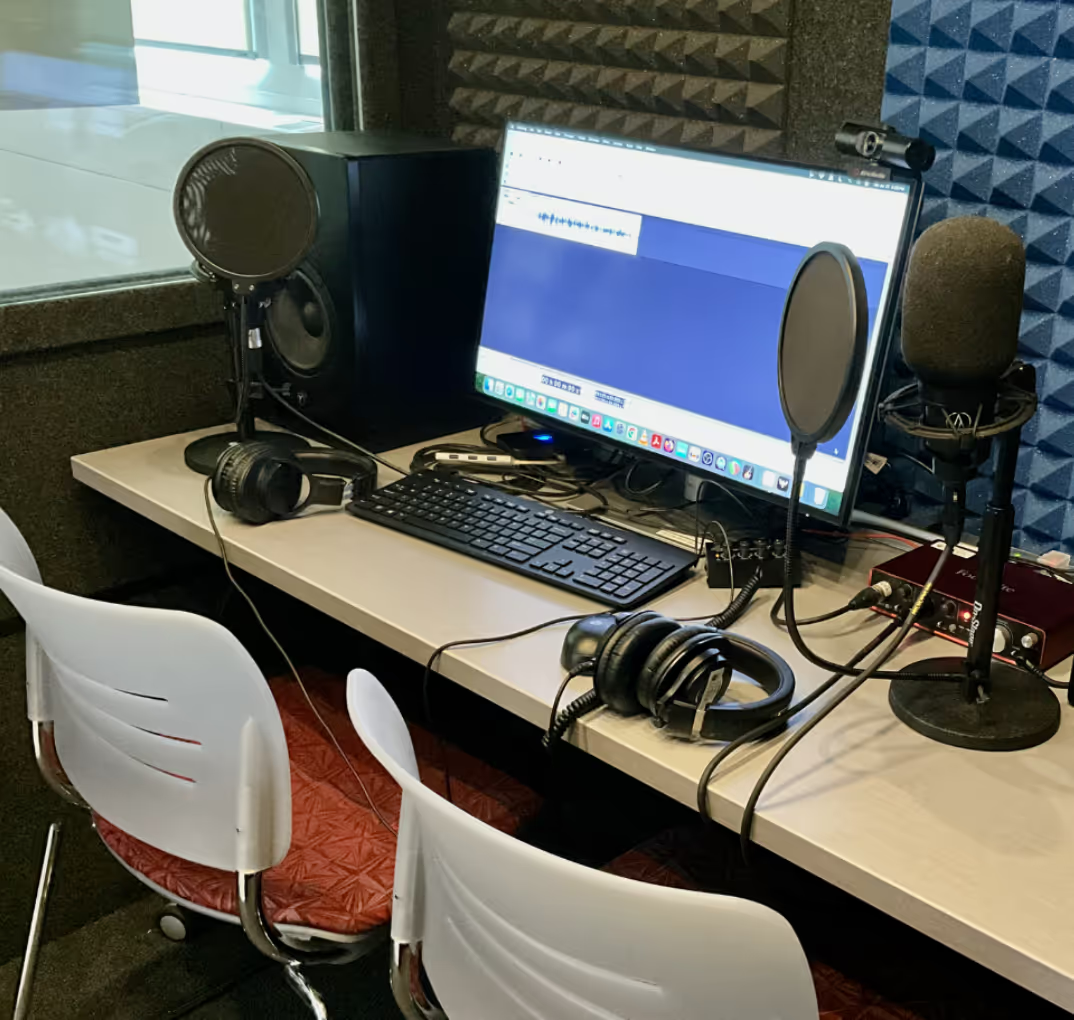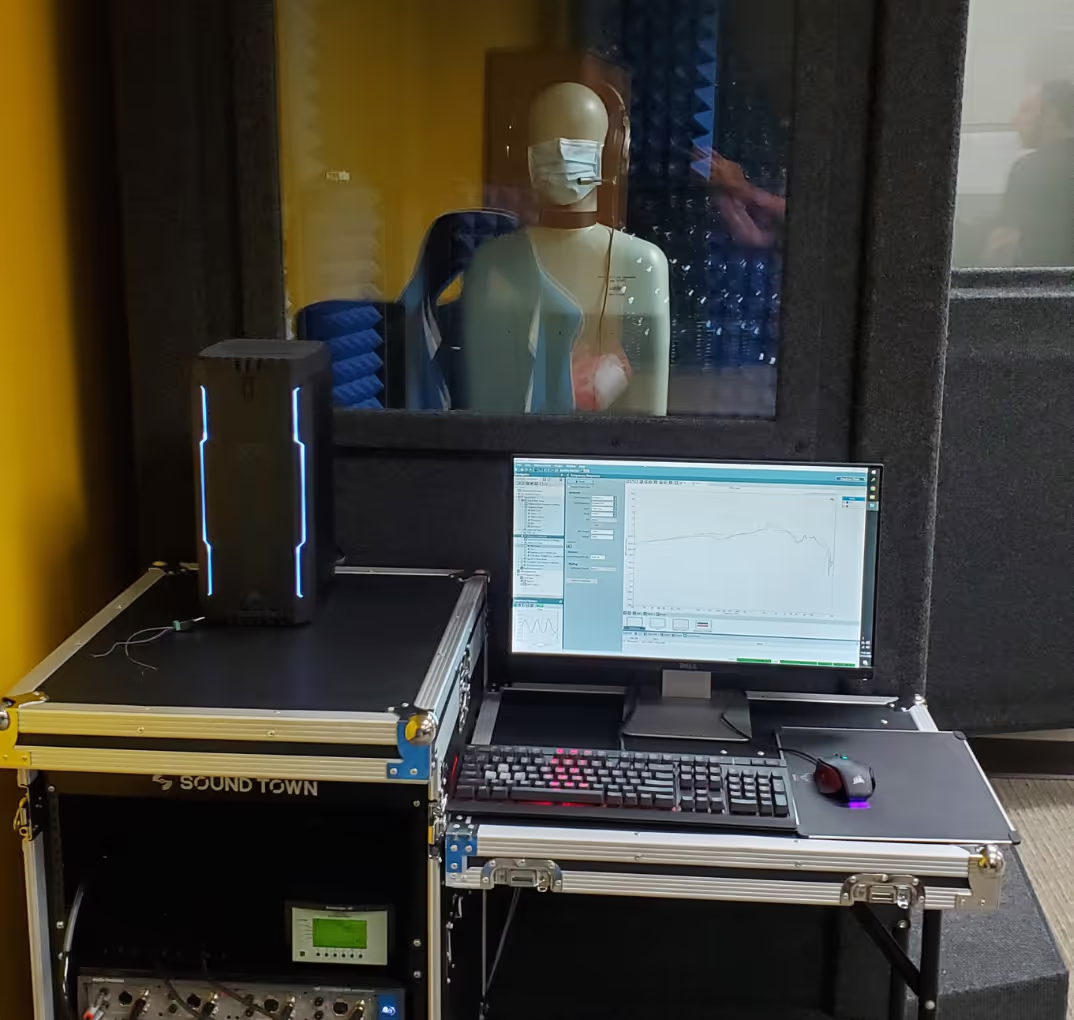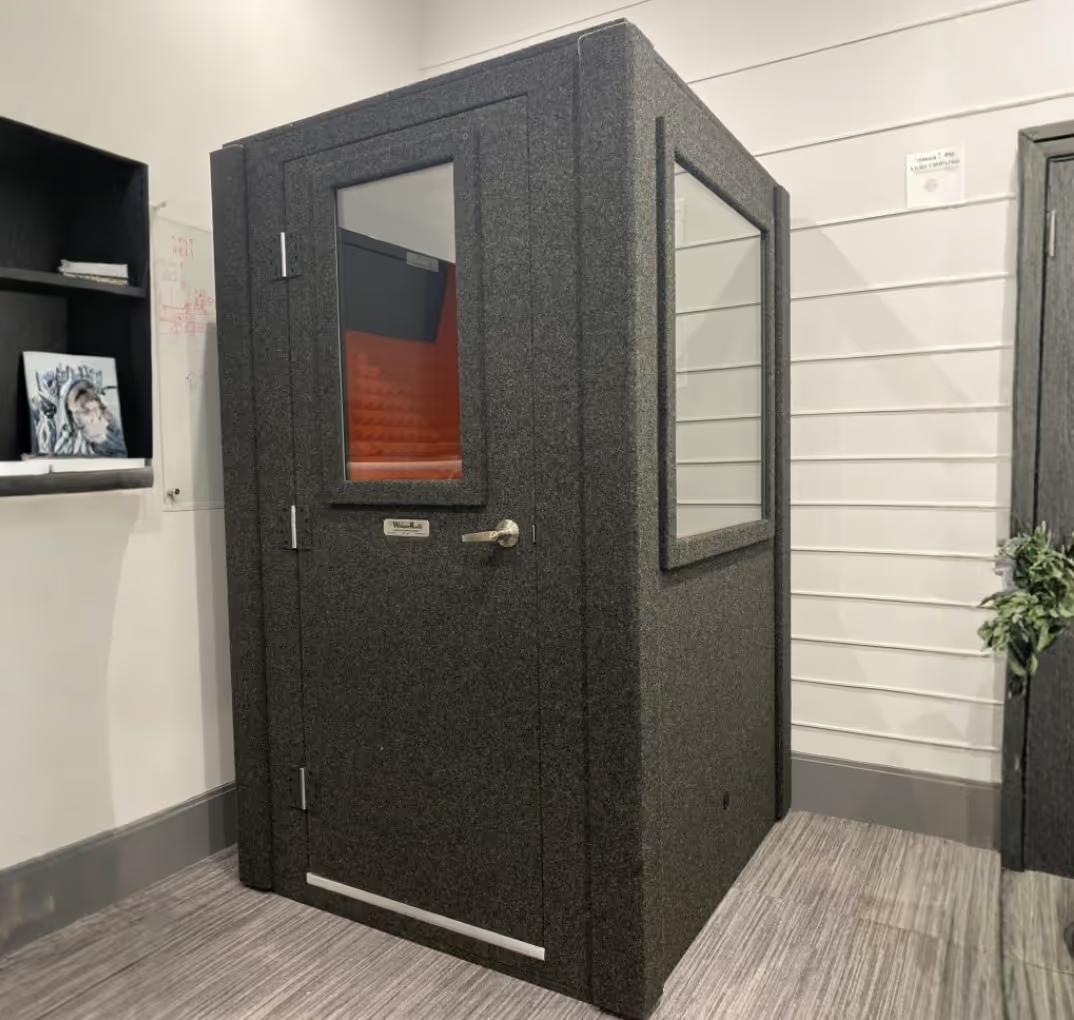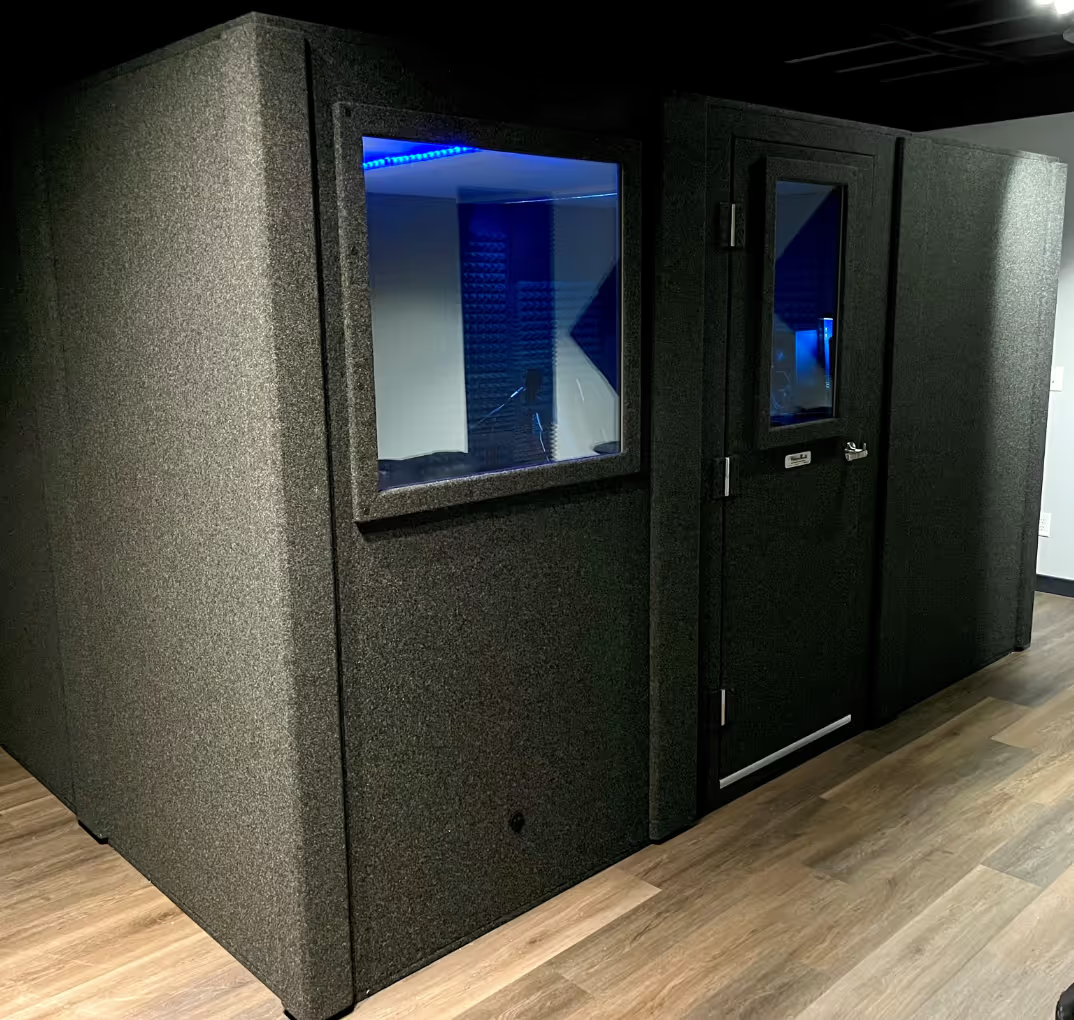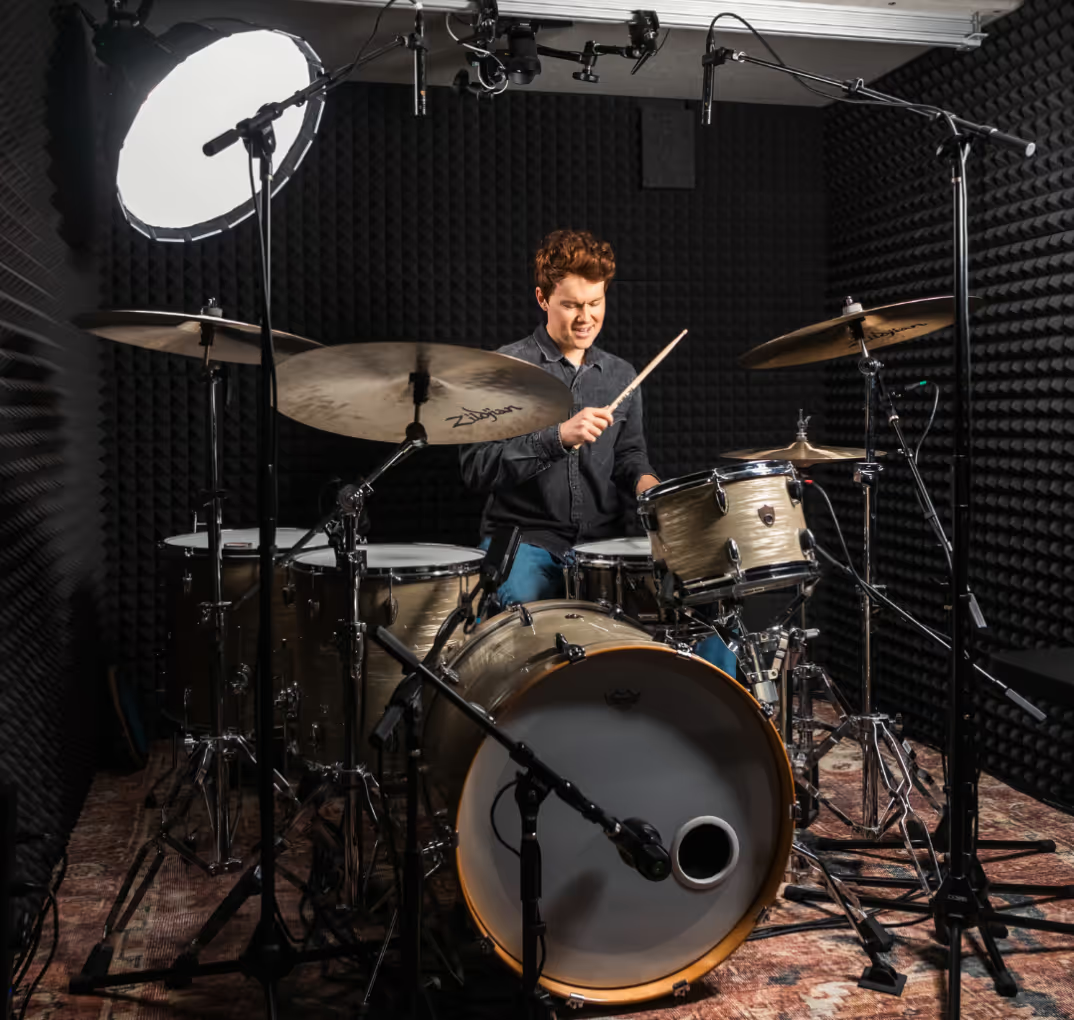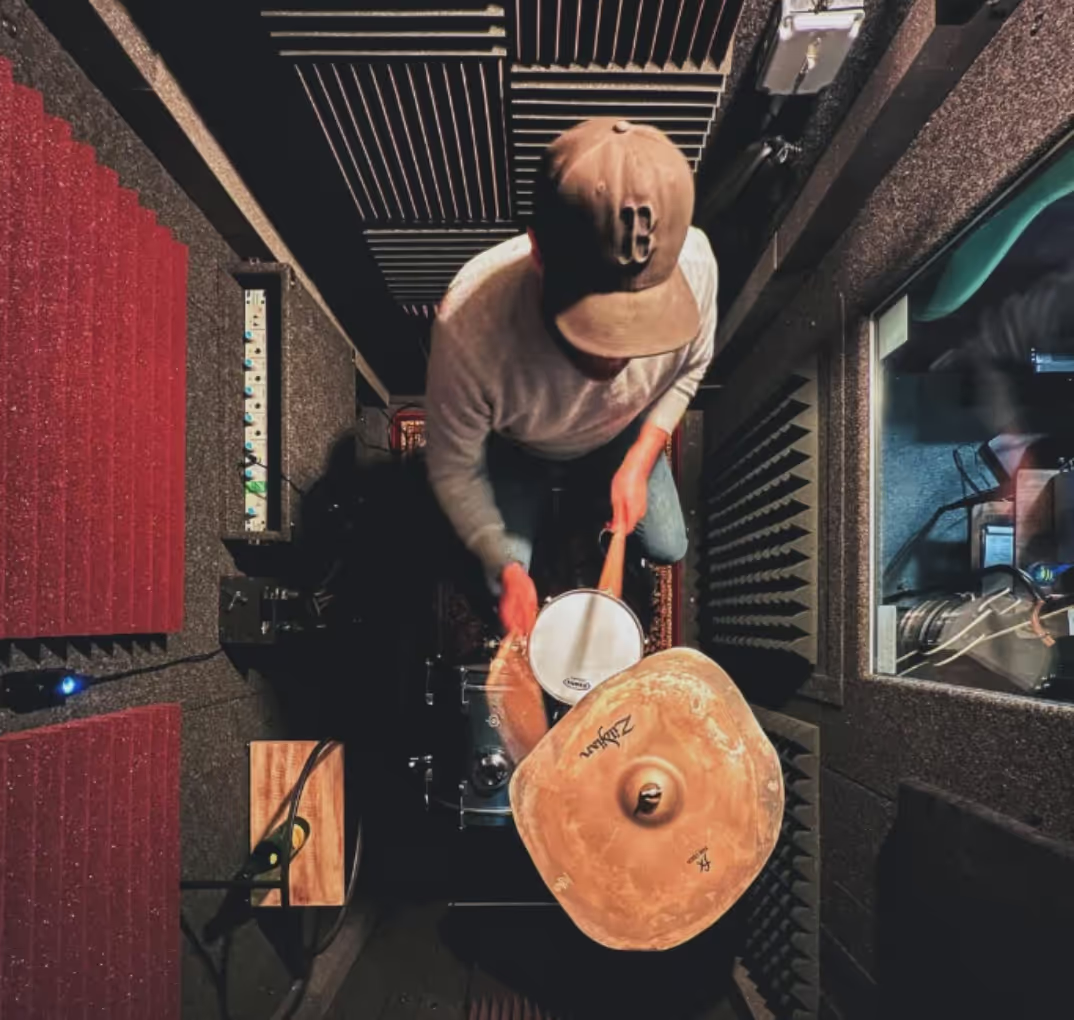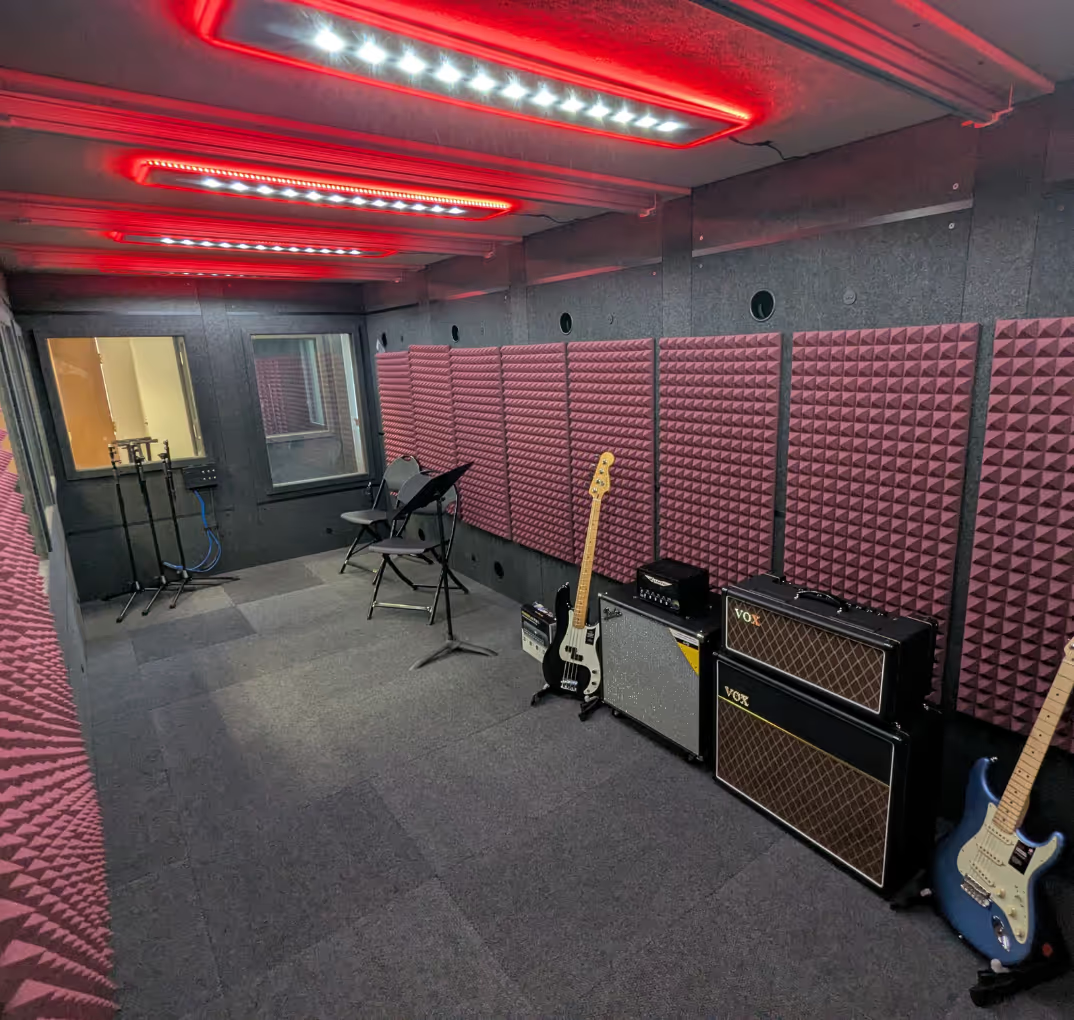Choosing the best microphone for recording vocals is a critical component of your studio. It's also a subjective topic since everyone has a unique sound to their voice and intended uses and performance styles will vary across the board. Plus, microphones come in a variety of shapes, different sizes, and a wide range of prices. So, where do we even start?
While it's possible to spend an excessive amount of money on a mic, you'll be relieved to know that a good-quality microphone can be purchased for $100 - $500. In this article, we will help you learn the differences between various microphone styles and provide a guide of considerations to think about when considering a new microphone for recording vocals.
Dynamic Microphones and Condenser Microphones
Generally speaking, dynamic microphones work best for capturing loud sounds and are commonly used in live settings. Conversely, condenser microphones will pick up more subtleties in sound and perform better at capturing higher frequencies. Let's take a deeper look at these two types of microphones.
How Dynamic Mics Work
A distinctive feature of dynamic microphones is the fact that they create their own energy. There is a thin diaphragm inside of dynamic mics that will move back and forth when struck by sound energy such as your voice. The diaphragm is attached to a coil of wires that moves over a magnet. When sound waves hit the microphone's diaphragm, electrical energy is sent through the coil at the same rate as the sound source.
In this video from recordinghacks, Peterson Goodwyn (DIYRecordingEquipment) and John Born (Shure) take a tour through the dynamic microphone.
How Condenser Mics Work
Unlike dynamic microphones, condenser mics need electricity to function. They get their power from a separate power supply, batteries, or phantom power on the interface. They also have a thin diaphragm that moves freely when sound energy strikes them. The diaphragm's movement creates varying electrical currents that correspond with the source of the sound. This electricity is then amplified and sent out from the microphone.
Roswell Pro Audio's founder, Matthew McGlynn, explains how a condenser microphone works.
Proximity Effect
When considering all of the different microphones for recording vocals, it's important to be aware of the proximity effect. Proximity effect is a circumstance that happens to both cardioid and shotgun microphones. The effect causes lower frequencies (or bass tones) to become more pronounced when the sound source moves closer to the microphone.
However, this can be advantageous for someone with a thinner voice because the proximity effect will give the tone a fuller sound. On the contrary, the proximity effect will require someone with a deep-pitched voice to back off of the microphone for a good sound.
Microphone Pickup Pattern
A microphone's pickup pattern is the way it behaves to sound. All microphones have a specific type of directionality and will sound different depending on where the sound source is coming into the microphone's diaphragm. Omnidirectional, unidirectional, bidirectional, and super-directional (commonly called shotgun mics) are the four primary pickup patterns for a microphone. So let's discuss what makes these microphones unique.
1. Omnidirectional Microphones
As implied by their name, omnidirectional microphones pick up sound from all sides of the microphone. Their sensitive design will pick up subtle nuances and clearly capture background noise. However, these responsive microphones will pick up a lot of background noise and are likely to feedback if the setting is too noisy.
When used in the right situation, these microphones can be a brilliant choice. If your recording environment has great acoustics, this microphone will crisply capture the live sound of the room. This makes them a nice choice for recording studio environments that want to capture the room sound of multiple musicians playing together. They are also useful for interviews and other applications when environmental background noise is desired in the recording. Despite their zero rejection sensitivity, omnidirectional microphones are not the best fit for vocal recordings.

2. Unidirectional Microphones (Cardioid Mics)
Unidirectional microphones (also called cardioid microphones) have greater sensitivity in one direction and keep sound from entering from the rear direction. The term cardioid refers to the heart-shaped pickup pattern of the microphone. This popular pattern allows you to point the mic to accurately capture the sound source while simultaneously isolating noise from the backside of the diaphragm. Additionally, it's important to correctly position a unidirectional microphone.
If the sound source is offset from the center axis of the microphone, you may experience subtleties like tonality. When properly used, these microphones are an excellent choice for voiceover work and singing. They will accentuate your voice while keeping background noise to a bare minimum.

3. Bidirectional Microphones (Figure-8 Mics)
Bidirectional microphones (also called figure-8 microphones) have equivalent responsiveness to sounds from both the front and rear sides of the diaphragm. In the same way that unidirectional microphones reject sounds from the rear, bidirectional microphones obstruct sounds from the sides.
This makes them a great mic choice if you find yourself recording a conversation where two individuals are seated across from each other. However, since the front and rear sides of the diaphragm are both responsive to sound pressure, vocal plosives and the proximity effect are can be a problem when using them. That said, this could be an excellent microphone for recording vocals if you regularly utilize proximity effect to achieve a fuller tone with your voice.

4. Super Directional Microphones (Shotgun Mics)
Super directional microphones have a much tighter pickup pattern than the previous microphones. Similar to unidirectional microphones, these mics have a comparable directionality from the front, but a much smaller area of responsiveness. This allows you to really focus on the sound you want while rejecting other noises. Broadcasters and the film industry are big fans of shotgun microphones.
They work great for on-camera dialogue and announcer-quality vocal recordings for television and radio productions. These microphones also work very well for voiceover and other vocal recordings.

Finding a Microphone that Compliments Your Voice
Choosing an appropriate microphone for recording vocals is influenced by what sounds best to you and the amount of money you can afford to spend. When testing microphones, listen for abnormalities such as boomy sounds, plosives, and responsiveness. Additionally, it's best to research and compare several different microphones before dropping any cash. Thankfully, resources like Audio Test Kitchen give you the ability to hear high-quality audio recordings of over 300 different microphones from their library. Other online resources and reviews will also help you narrow down your shopping selection.
In most cases, male voices sound best on most large-diaphragm condenser mics. These mics can be great for female voices too, but the bright sound can cause unwanted sibilance (esses) that will ruin an otherwise great recording. Unfortunately, without properly testing a microphone you really won't know how well it compliments your voice. Try to get your hands on a microphone to hear how your voice sounds before making a purchase.








.avif)
.avif)
.avif)

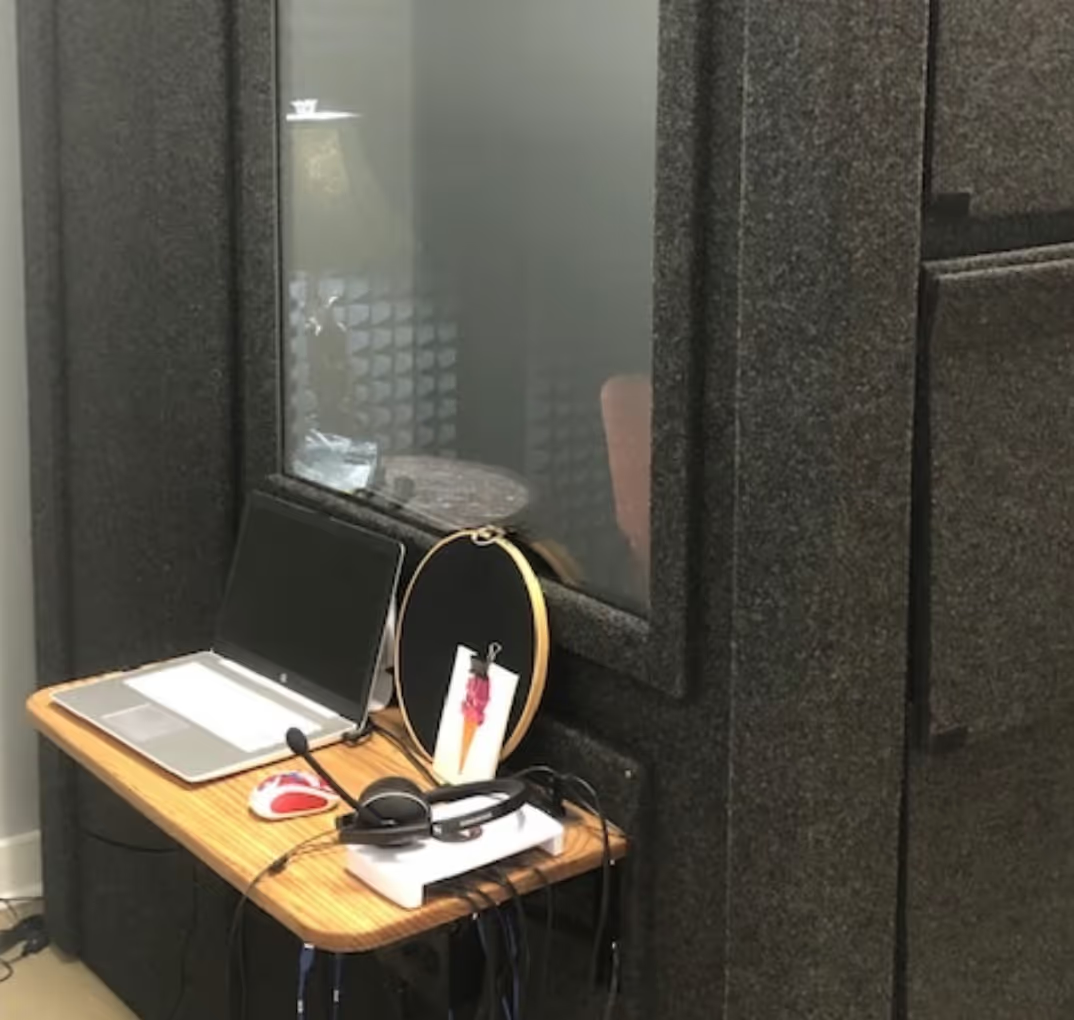
.avif)
.avif)

.avif)
.avif)
.avif)
.avif)
.avif)
.avif)
.avif)
.avif)
.avif)
.avif)
.avif)
.avif)
.avif)
.avif)

.avif)
.avif)

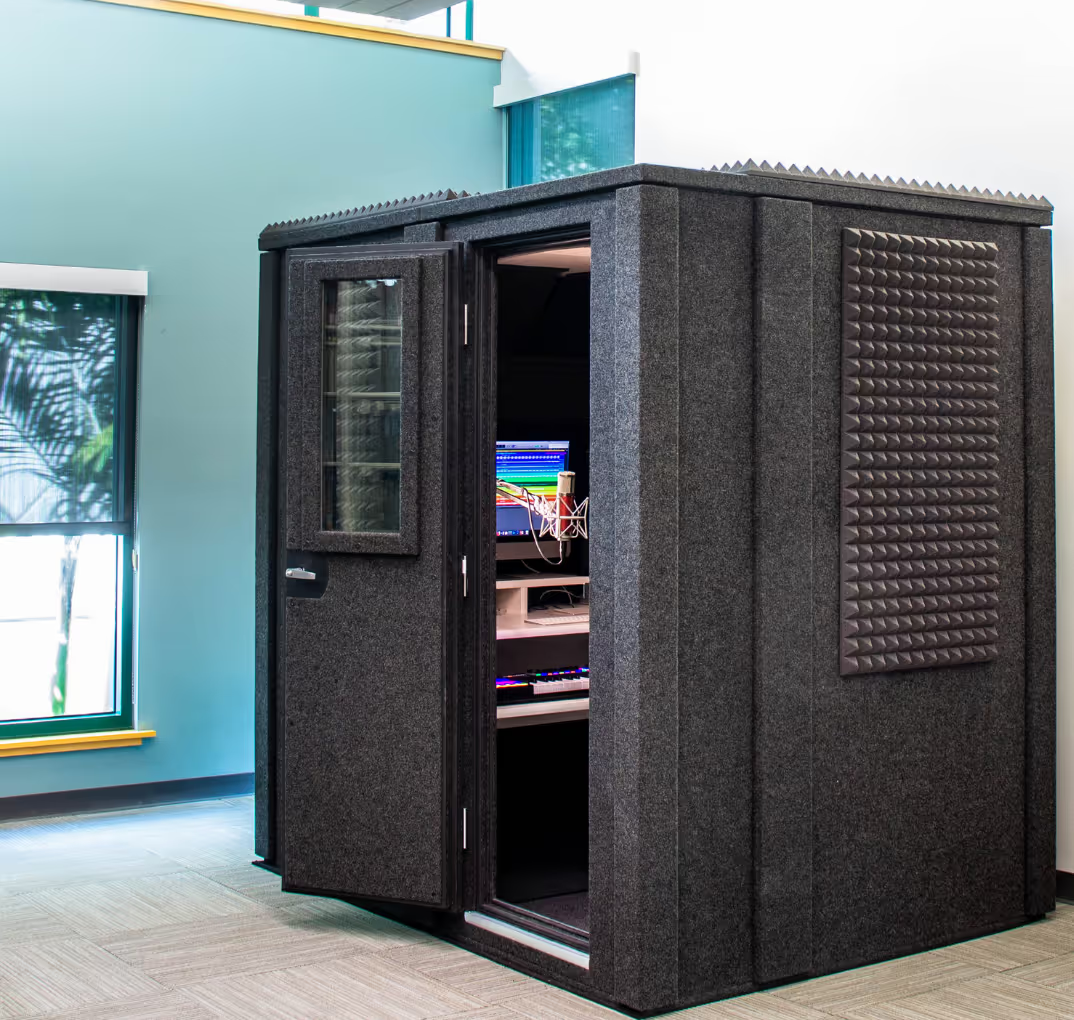

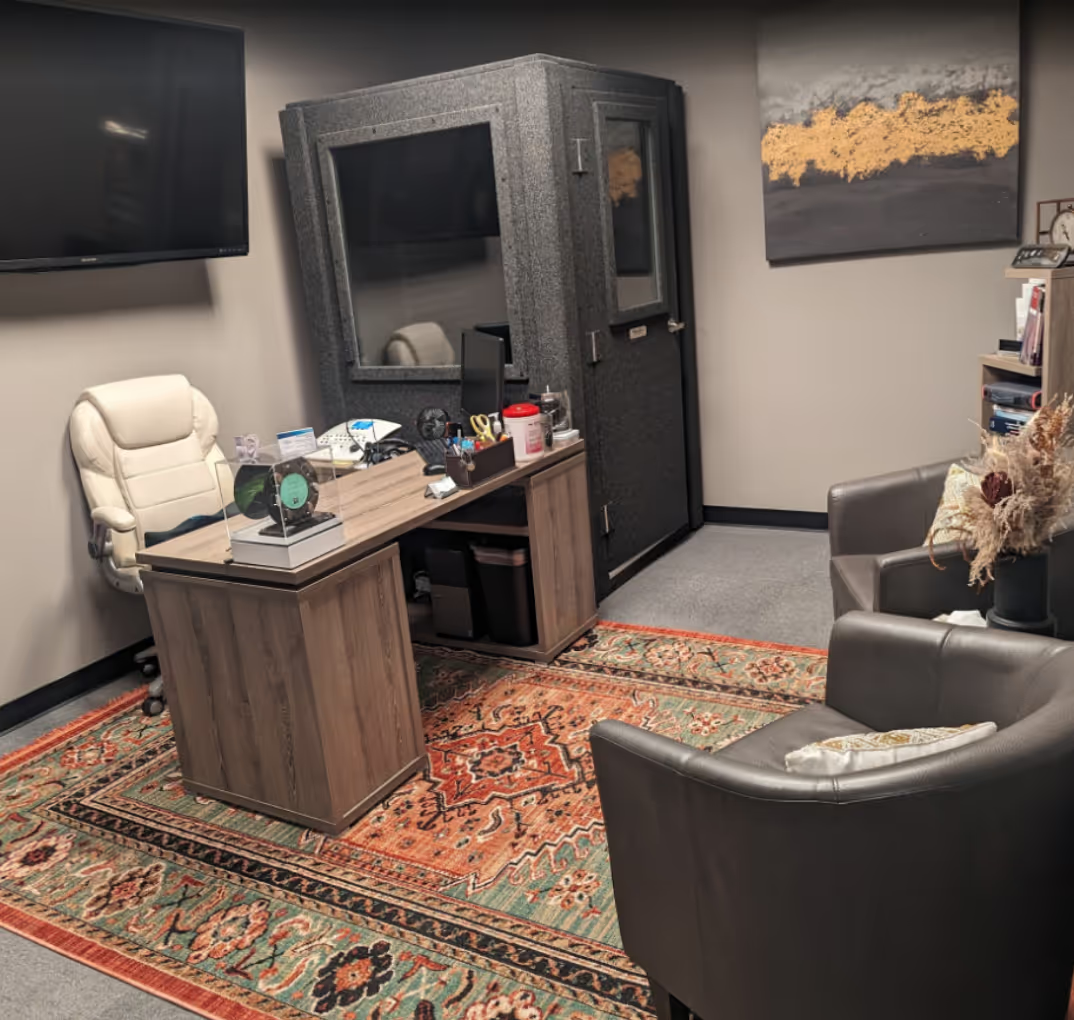



.avif)

